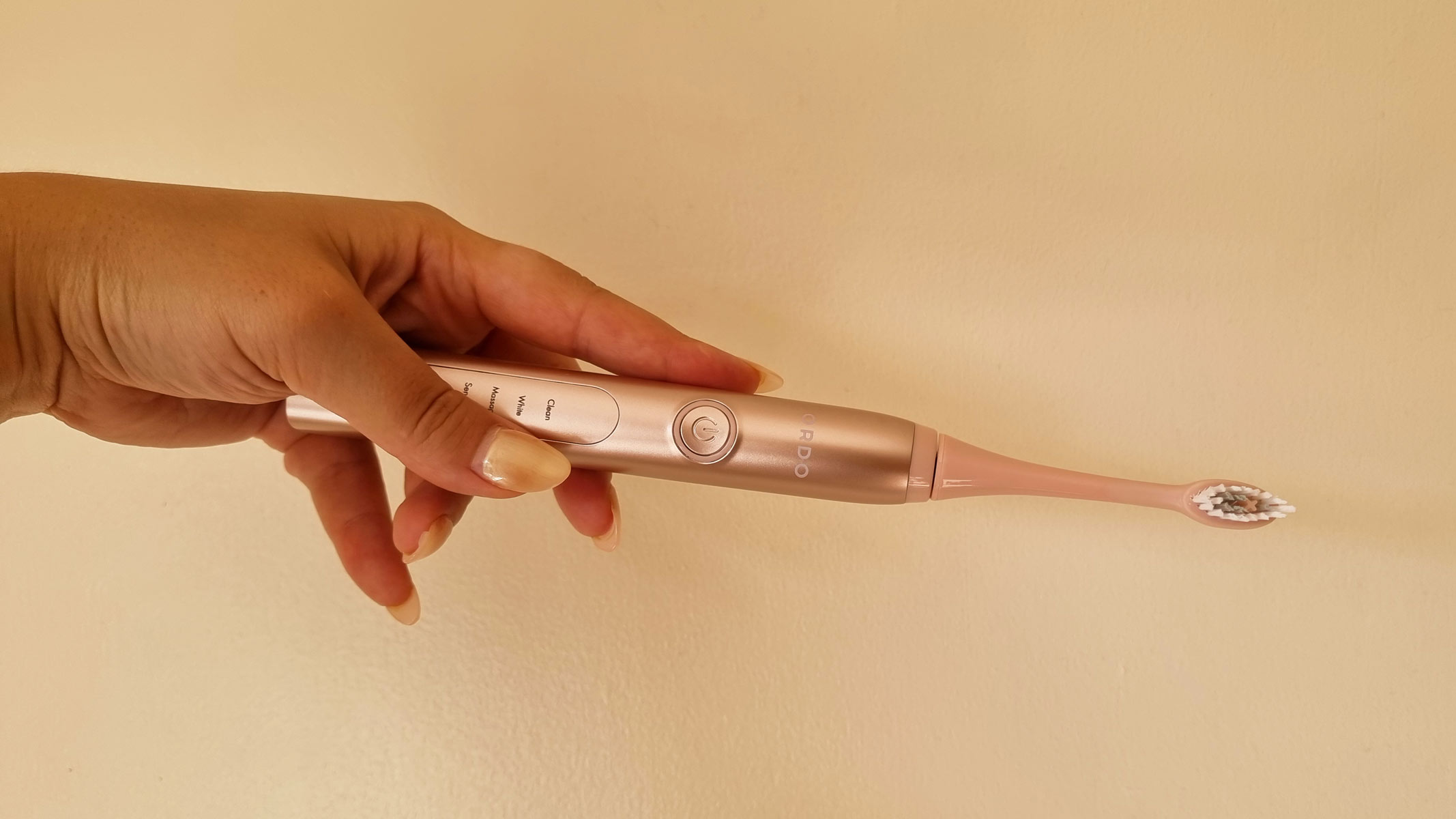JPM, Vol. 13, Pages 1504: Sox2 and βIII-Tubulin as Biomarkers of Drug Resistance in Poorly Differentiated Sinonasal Carcinomas
Journal of Personalized Medicine doi: 10.3390/jpm13101504
Authors: Luis López Laura Fernández-Vañes Virginia N. Cabal Rocío García-Marín Laura Suárez-Fernández Helena Codina-Martínez Sara L. Lorenzo-Guerra Blanca Vivanco Verónica Blanco-Lorenzo José L. Llorente Fernando López Mario A. Hermsen
Poorly differentiated sinonasal carcinomas (PDCs) are tumors that have a poor prognosis despite advances in classical treatment. Predictive and prognostic markers and new personalized treatments could improve the oncological outcomes of patients. In this study, we analyzed SOX2 and βIII-tubulin as biomarkers that could have prognostic and therapeutic impacts on these tumors. The cohort included 57 cases of PDCs: 36 sinonasal undifferentiated carcinoma (SNUC) cases, 13 olfactory neuroblastoma (ONB) cases, and 8 sinonasal neuroendocrine carcinoma (SNEC) cases. Clinical follow-up data were available for 26 of these cases. Sox2 expression was detected using immunohistochemistry in 6 (75%) SNEC cases, 19 (53%) SNUC cases, and 6 (46%) ONB cases. The absence of Sox2 staining correlated with a higher rate of recurrence (p = 0.015), especially distant recurrence. The majority of cases showed βIII-tubulin expression, with strong positivity in 85%, 75%, and 64% of SNEC, ONB, and SNUC cases, respectively. Tumors with stronger βIII-tubulin expression demonstrated longer disease-free survival than those with no expression or low expression (p = 0.049). Sox2 and βIII-tubulin expression is common in poorly differentiated sinonasal tumors and has prognostic and therapeutic utility.

 1 year ago
26
1 year ago
26


